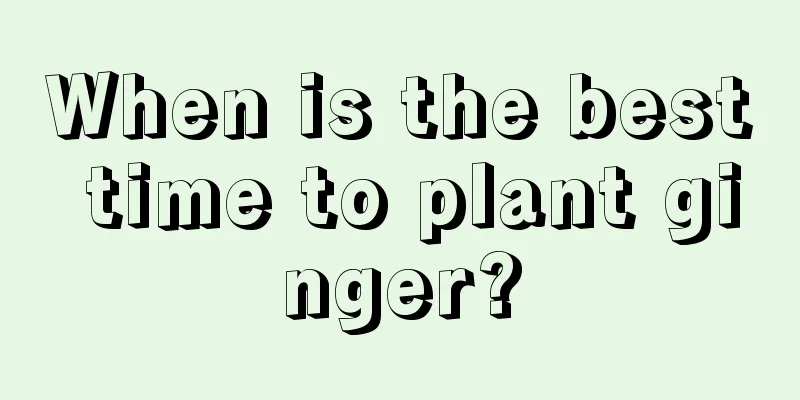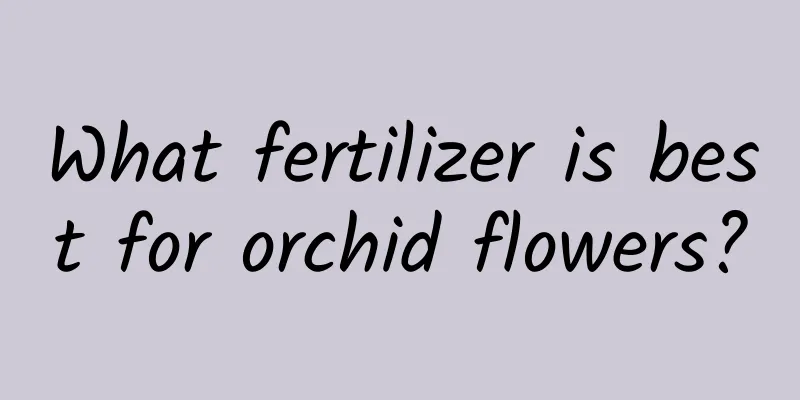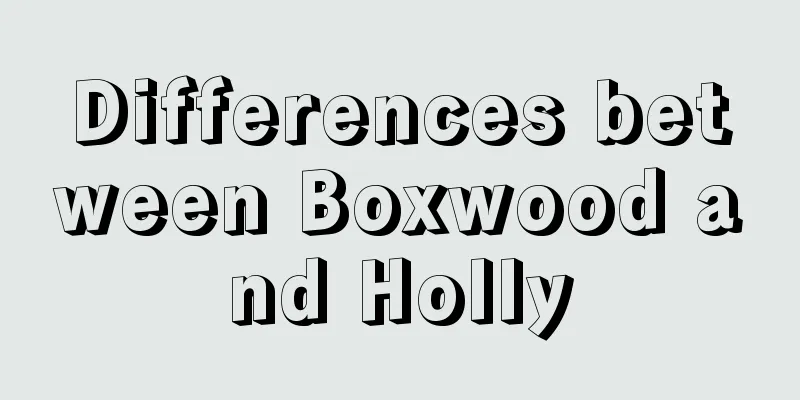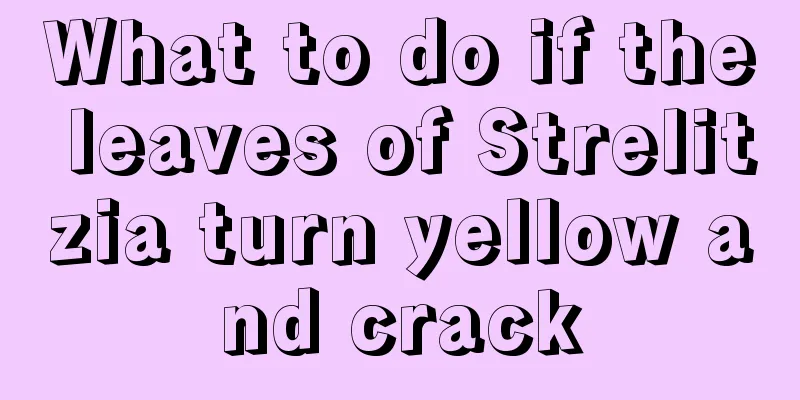When is the best time to plant hyacinths?
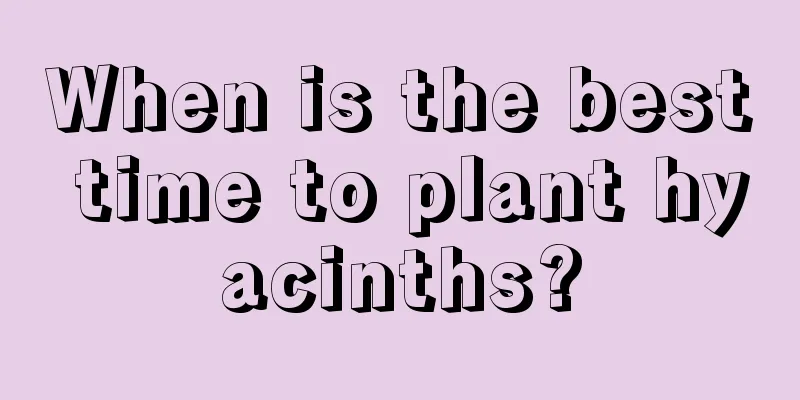
|
Hyacinth is one of the famous bulbous flowers that blooms in early spring. It likes sunshine and is cold-resistant. It is suitable for growing in a cool and humid environment and loose, fertile sandy soil, and avoids waterlogging. Let’s learn together the planting time and method of hyacinth. When is the best time to plant hyacinths? The best time to plant hyacinths is in autumn, specifically between September and October. How to grow hyacinth? 1. Soil culture of hyacinth Choosing bulbs: Select healthy bulbs and make sure they are free of pests and diseases. Disinfection: The purchased bulbs need to be disinfected with carbendazim first, and then dried before planting to prevent rotting. Soil preparation: Use a loose, well-drained culture soil, such as a mixture of peat and perlite . Planting: Plant the bulbs in the soil, with the top 1/3 of the bulbs exposed to the soil to facilitate the growth of the bulb roots. Light and temperature: Hyacinths need plenty of sunlight, and the temperature required for flowering is 5-10℃. Insufficient light or long-term dryness in winter will lead to poor flowering. Water: Keep the soil moist and avoid overwatering that causes waterlogging. Fertilization: Fertilize in time during the growth period, and apply phosphorus and potassium fertilizers appropriately before and after flowering. 2. Hydroponic hyacinth Choose a container: Use a glass container so you can observe the root system and water quality. In the early stages of hydroponics: Use black cloth or plastic bags to cover the container, as the roots grow best in a dark environment. Water level: There should be 1-2 cm space between the water surface and the bulb to avoid water submerging the bottom of the bulb. Temperature: The water temperature should not be too high. The most suitable rooting temperature is around 9°C. Light: The bulbs should not be exposed to direct sunlight before germination. After germination, move them to a place with sufficient scattered light. Water change: Keep the water clean and change the water once a week. If using nutrient solution, determine the frequency of water changes based on the turbidity of the water. That’s all. Please also note that hyacinth bulbs are toxic and should be avoided from accidental ingestion, and should be kept out of reach of children and pets. After the flowering period, watering of hyacinth should be reduced appropriately. After flowering, cut off the withered flowers and leaves to avoid further consumption of nutrients and prepare for planting again.
|
<<: When is the best time to plant dahlias and how to plant them
>>: How to make lilies grow short and strong? What to do if they grow too tall?
Recommend
How to plant peppers in summer (how to sow, raise and manage peppers)
Regarding pepper seedling cultivation, it can be ...
These 16 "well-intentioned" actions of yours are quietly harming your succulents!
Keep it indoors and keep me company every day Myt...
Choose this one for growing flowers during the National Day. The pink little flowers hang on the branches and it is easier to grow than the green ivy and spider plants!
In fact, in life, there are so many varieties of ...
Kiwifruit planting and management technology in May
With the arrival of May, the management of the ki...
How to raise crayfish seedlings?
Crayfish is a kind of aquatic product that is lov...
Can bananas be grown in the yard?
Can I grow bananas in my yard? Bananas can be pla...
Advantages and Disadvantages of Precious Moments Rose
Precious Moments is a relatively excellent Dutch ...
How to repot and transplant nasturtium
season The repotting and transplanting of nasturt...
How to grow prunes
Planting steps Garden Construction Before plantin...
Cultivation methods and precautions of calla lily potted plants
1. Breeding methods 1. Temperature: It is best to...
When to plant lily bulbs
Before planting lily bulbs, you should choose a s...
When does loquat mature and become available on the market?
Loquat is native to my country, also known as Luj...
How to grow Jade Dew in autumn
1. Autumn maintenance is very important For Jade ...
What is the best fertilizer for garlic?
Garlic fertilization time Garlic should generally...
How often should I water Wisteria?
How often should I water Wisteria? Generally, you...

